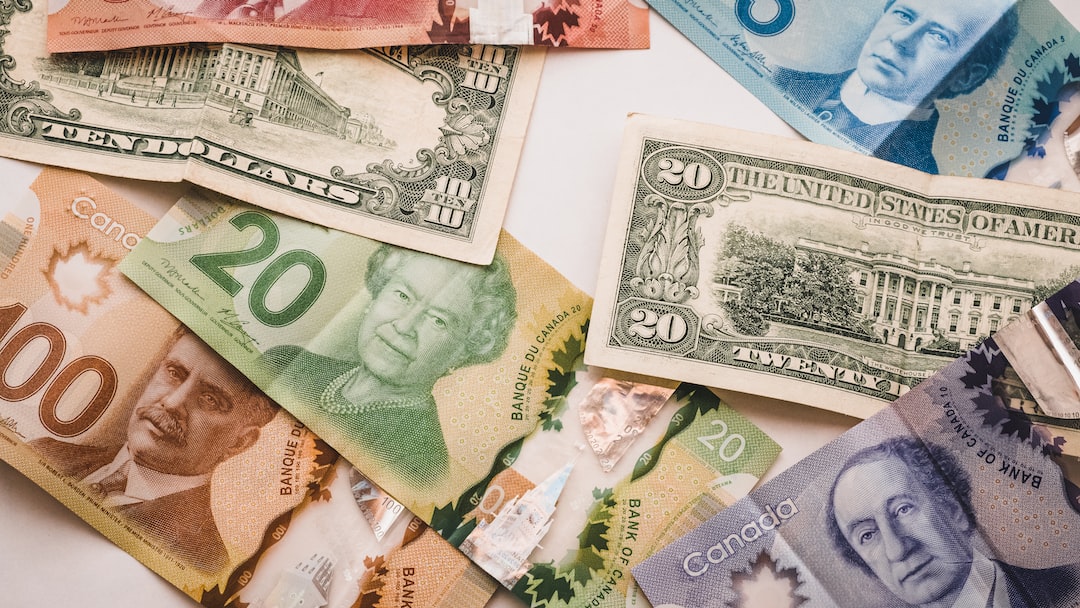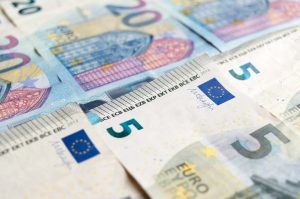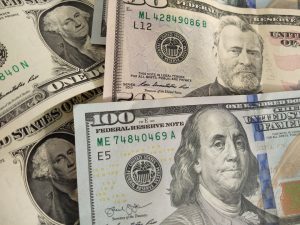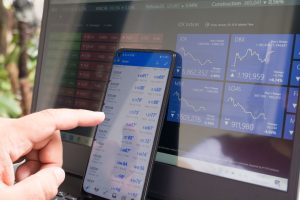Forex, short for foreign exchange, is the largest and most liquid financial market in the world. It is a decentralized market where currencies are traded 24/7. The forex market is worth over $5 trillion per day, making it an attractive target for fraudsters and manipulators. Forex exchanges can be rigged, and it is important for traders to be aware of the ways in which this can happen.
One of the most common ways forex exchanges are rigged is through price manipulation. This can occur in a number of ways. For example, a broker may manipulate the price of a currency pair by widening the spread, which is the difference between the buy and sell prices. A wider spread means that traders will pay more to buy and receive less when selling, resulting in a higher profit for the broker. This can be done by making the spread wider than it should be or by widening it during times of high volatility.
Another way forex exchanges can be rigged is through stop-loss hunting. Stop-loss orders are used by traders to automatically close out a trade if the price reaches a certain level. This is a way for traders to limit their losses. However, some brokers may manipulate the price of a currency pair to trigger these stop-loss orders, causing traders to lose money. This is known as stop-loss hunting, and it can be done by manipulating the price of the currency pair through large trades or by creating false price spikes.
Forex exchanges can also be rigged through insider trading. This is when someone with privileged information about a currency pair trades on that information before it becomes public knowledge. This can be done by people who work for the exchange or by traders who have inside information. Insider trading is illegal and can result in fines and jail time.
Another way forex exchanges can be rigged is through front-running. This is when a broker or trader places trades ahead of their clients’ trades. For example, a broker may see that a client is about to place a large buy order for a currency pair and will place their own buy order first, causing the price to rise. The broker can then sell their position at a profit when the price reaches its peak. This is unethical and can result in legal action.
Forex exchanges can also be rigged through slippage. Slippage occurs when a trader places an order at a certain price but the order is executed at a different price. This can be done intentionally by brokers who want to profit from the difference between the quoted price and the executed price. Slippage can also occur during times of high volatility when there is a delay in the execution of orders.
In conclusion, forex exchanges can be rigged in a number of ways. Price manipulation, stop-loss hunting, insider trading, front-running, and slippage are all examples of how forex exchanges can be manipulated for profit. Traders should be aware of these tactics and take steps to protect themselves from fraud and manipulation. This includes choosing a reputable broker, using stop-loss orders, and monitoring their trades closely. By being vigilant, traders can avoid falling victim to the rigging of forex exchanges.






